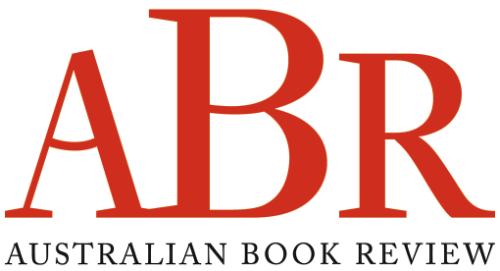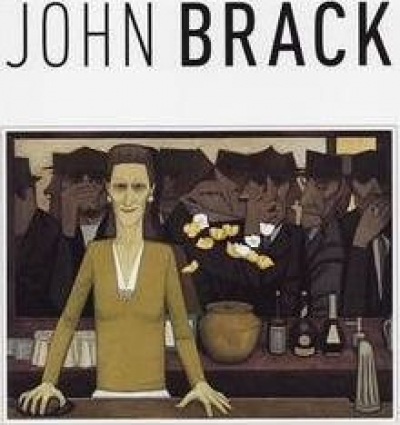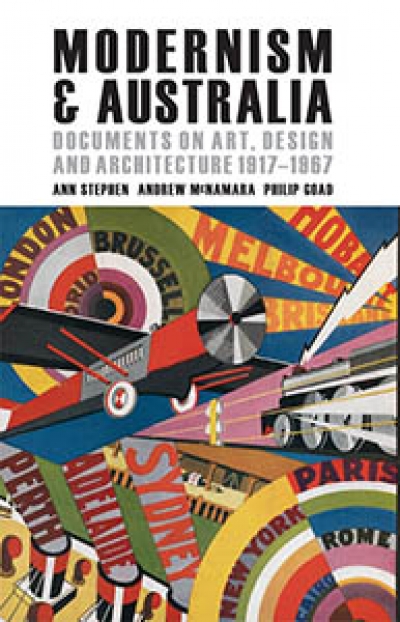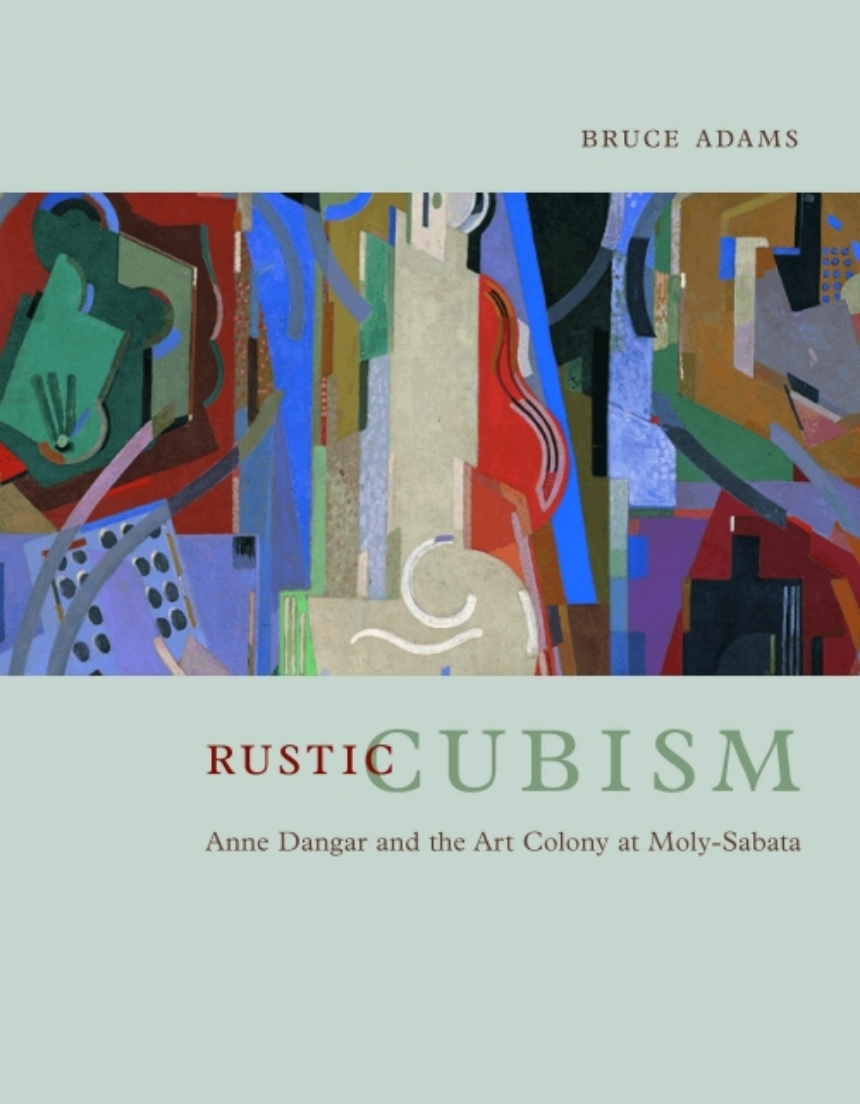Visual Arts
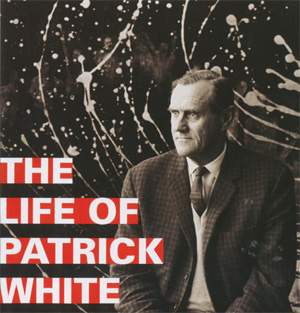 To Canberra on 12 April for the opening of a new travelling exhibition, The Life of Patrick White.
To Canberra on 12 April for the opening of a new travelling exhibition, The Life of Patrick White.
First, though, a quick dash that morning to Sydney for a meeting with Bernadette Brennan and Hilary McPhee. The three of us hav ...
The initial idea was for a new front door at the National Gallery of Australia. At least that is how Ron Radford, director of the Gallery, presented it to the one thousand or so guests in his remarks at the official opening of Andrew Andersons’ and PTW Architects’ Stage One ‘New Look’ at the NGA on Thursday, 30 September. Clearly, for the money involved and ...
David Walsh is a tease; he enjoys wordplay. The founder and owner of the Museum of Old and New Art (he prefers Mona, not MONA) concedes that his private playground is entirely a matter of self-gratification, like ‘the sin of Onan’. Hence the cheeky titles ‘Monanism’ for his inaugural exhibition of some 460 works, and Monanisms for the beautifully pr ...
A Singular Voice: Essays on Australian art and architecture by Joan Kerr edited by Candice Bruce, Dinah Dysart, Jo Holder
Modernism & Australia: Documents on art, design and architecture 1917–1967 edited by Ann Stephen, Andrew McNamara, and Philip Goad
The late Susan Sontag suggested that the photograph ‘offers a modern counterpart of that characteristically romantic architectural genre, the artificial ruin: the ruin which is created in order to deepen the historical character of a landscape, to make nature suggestive, suggestive of the past’. On viewing the retrospective exhibition Bill Henson: Three Decades of Photography, which was organised by the Art Gallery of New South Wales and is now at The Ian Potter Centre: National Gallery of Victoria Australia (NGVA), this familiar idea of the photograph as memento mori struck me as peculiarly apposite. Although the experience of Henson’s photographs is not quite the eighteenth-century one of sighing over ruins, the tone of the exhibition is distinctly melancholic, something like a syncopated elegy in pictures.
... (read more)What should an Australian museum collect? How should permanent collections affect exhibition policy? Who should decide what to buy? These are three provocative questions raised by the current survey of English art over several centuries at the Art Gallery of South Australia, an exhibition drawn exclusively from its permanent collection.
... (read more)